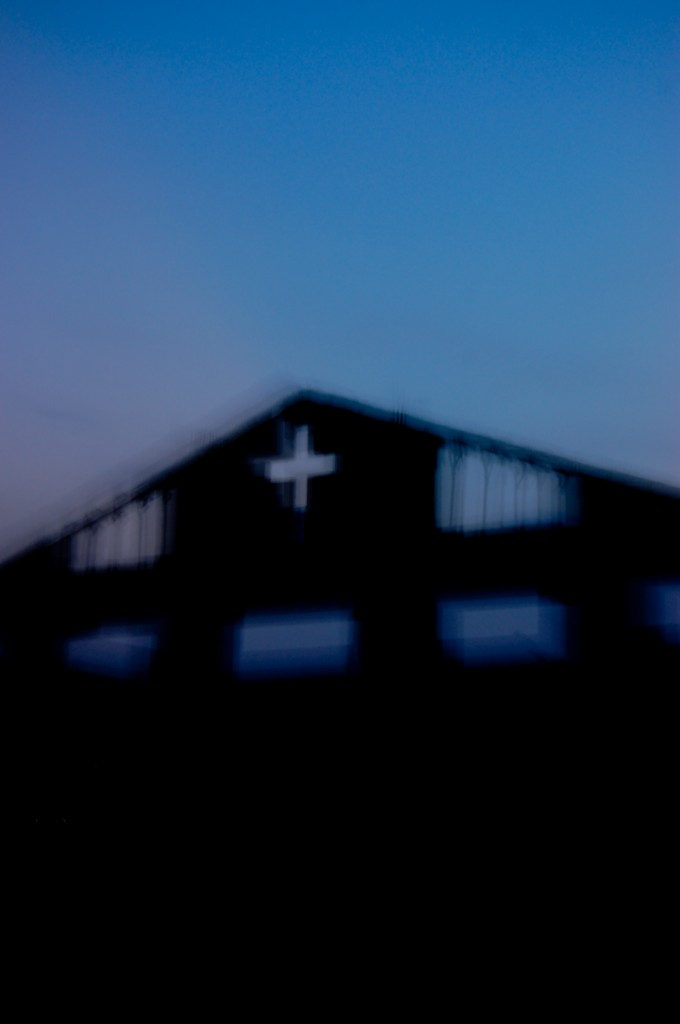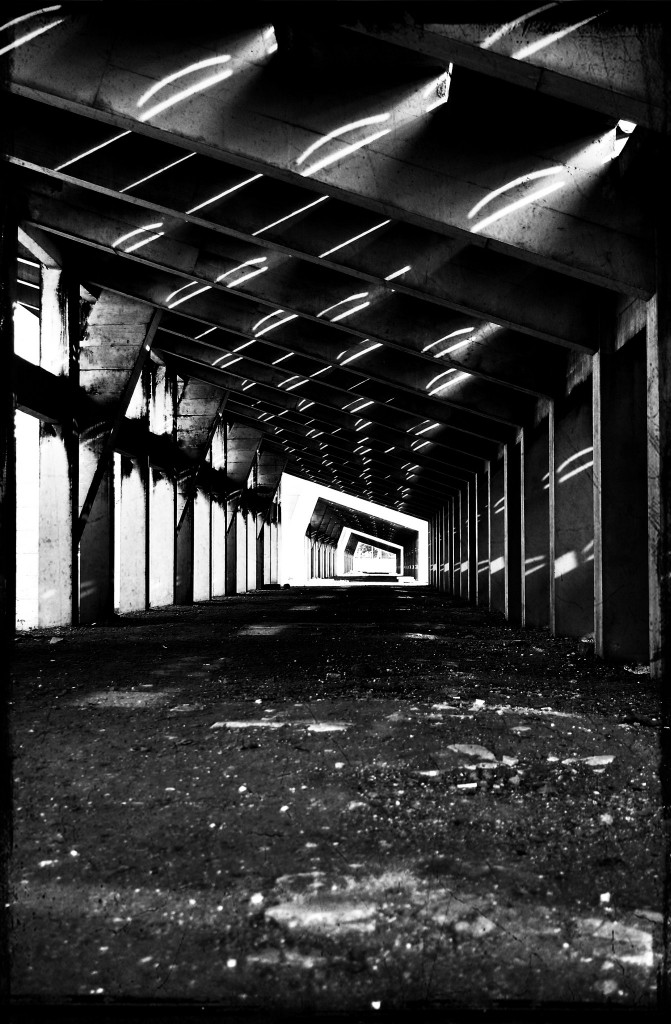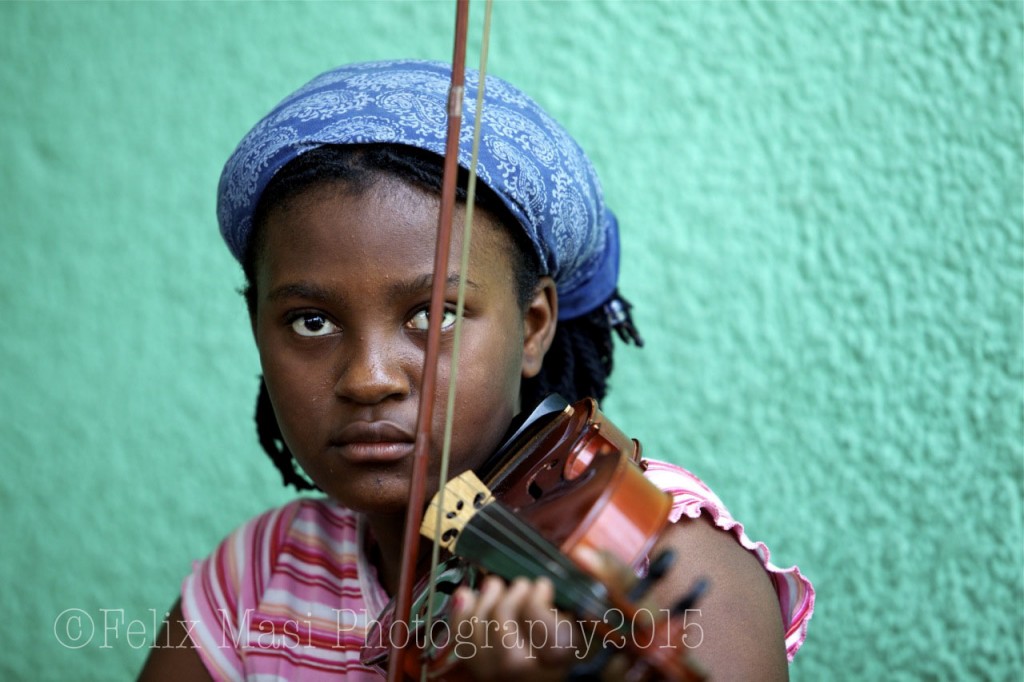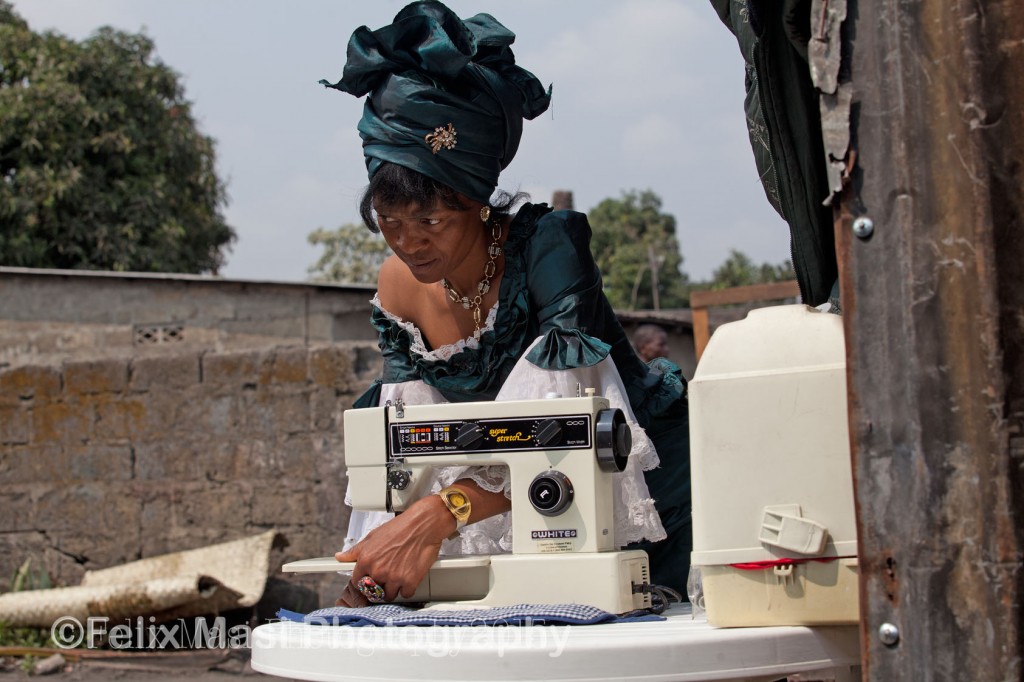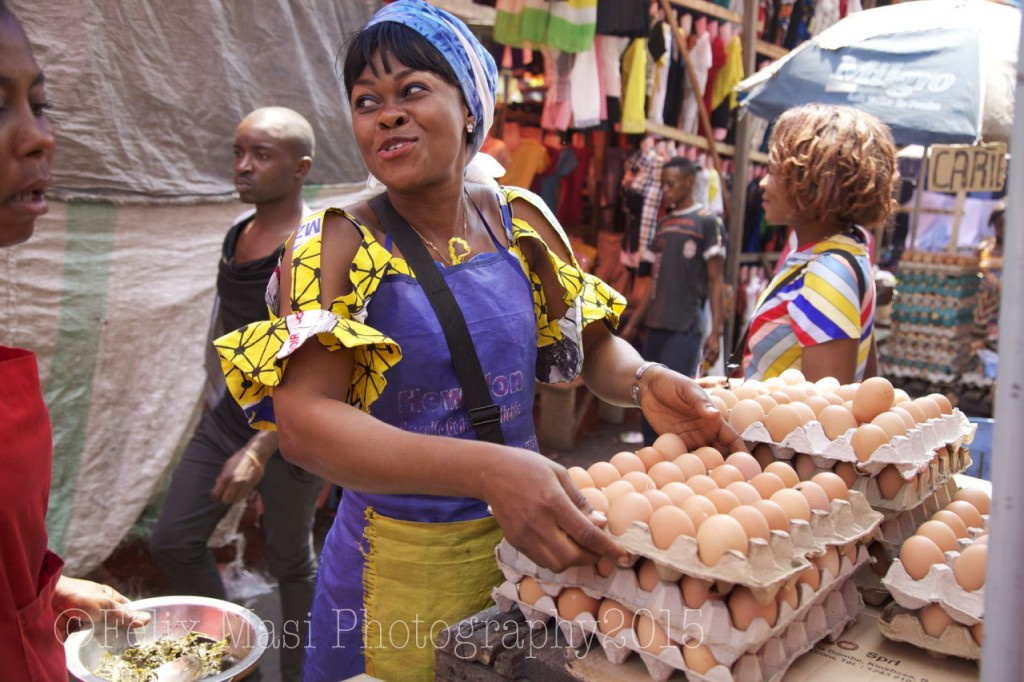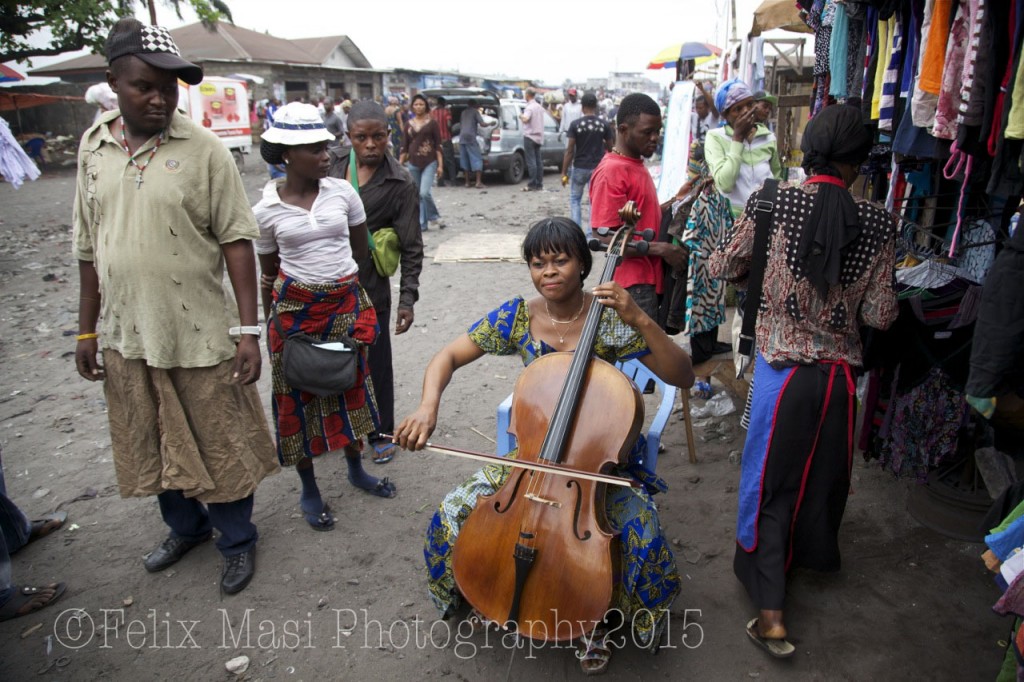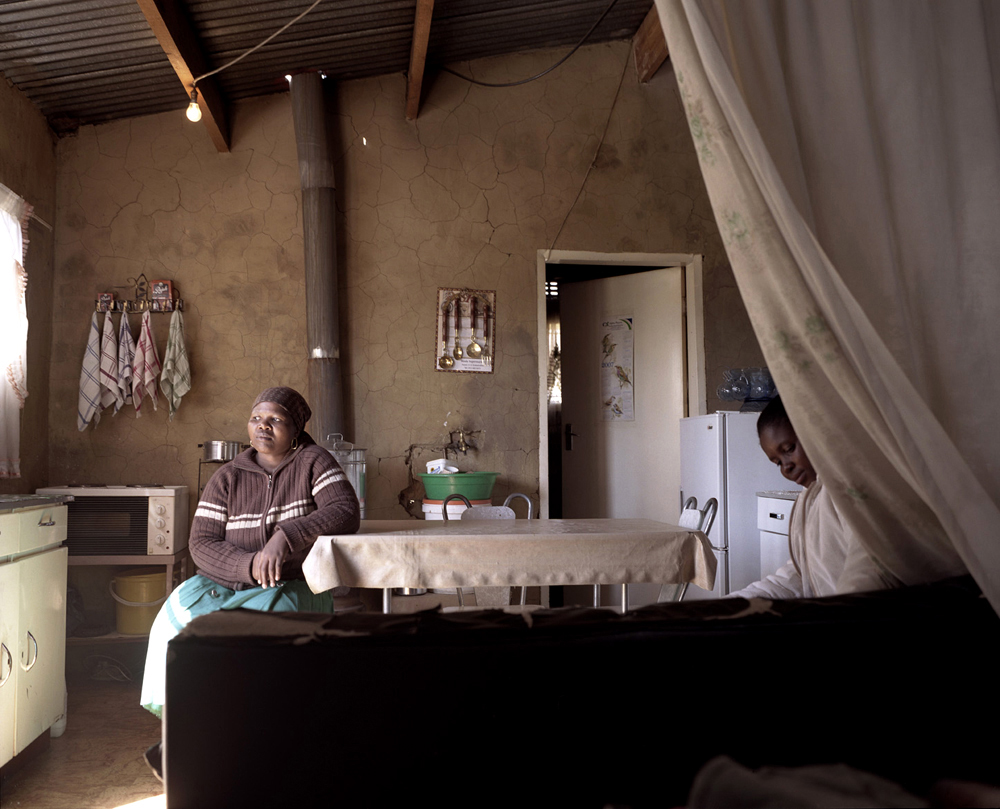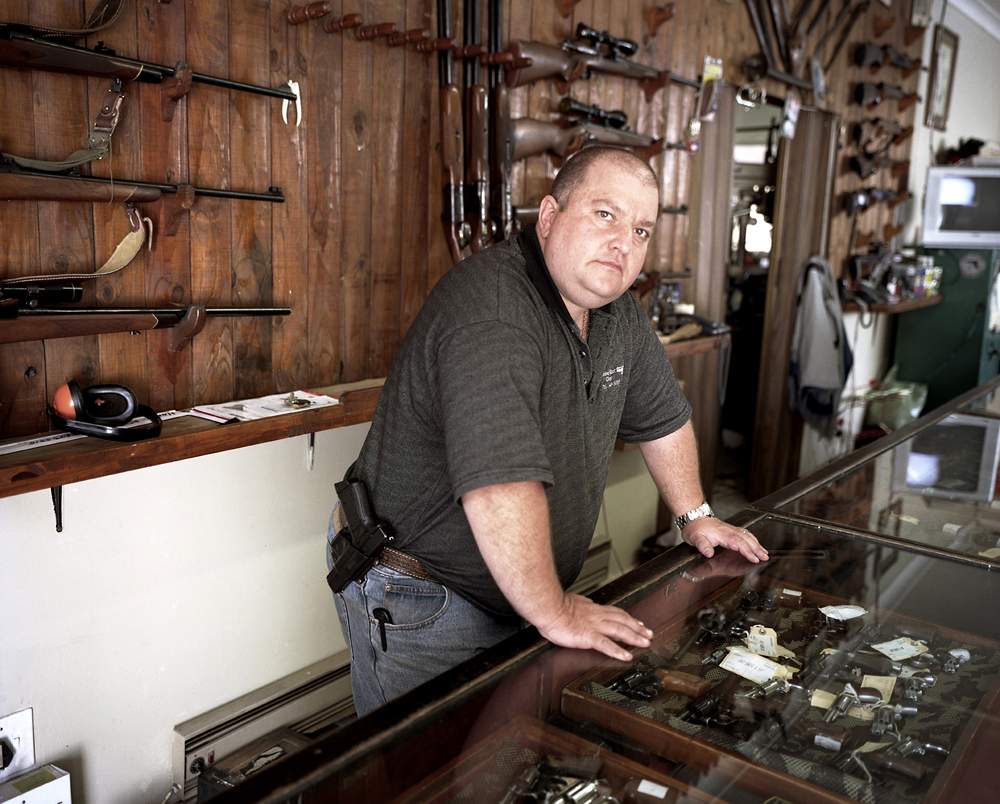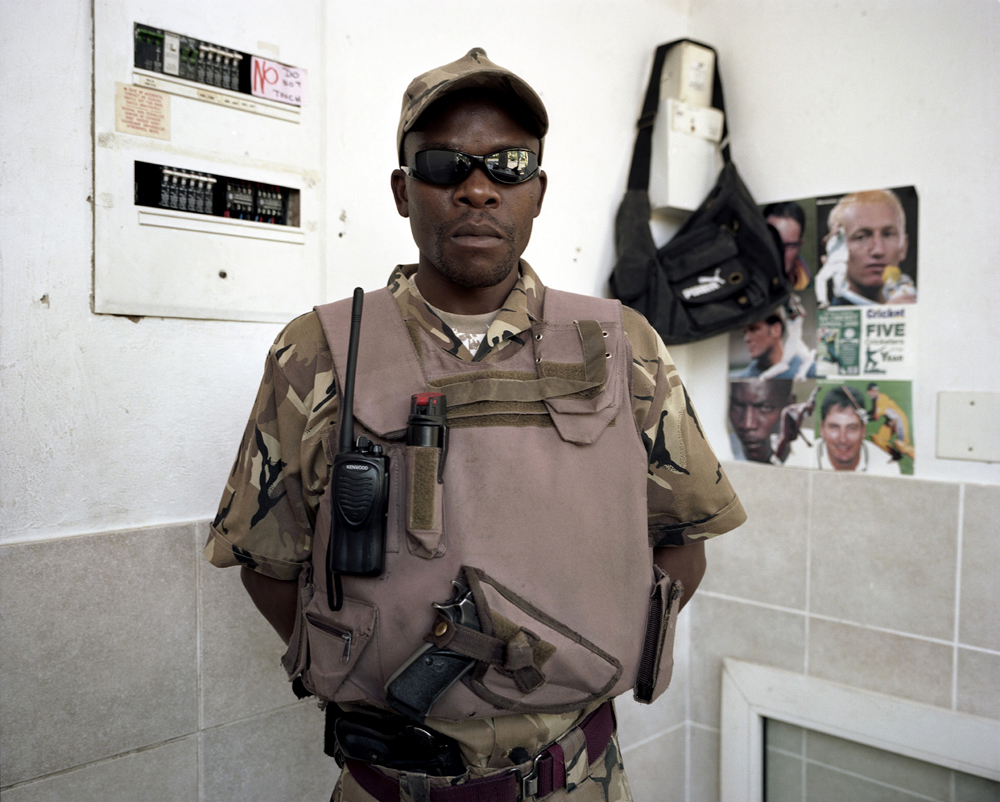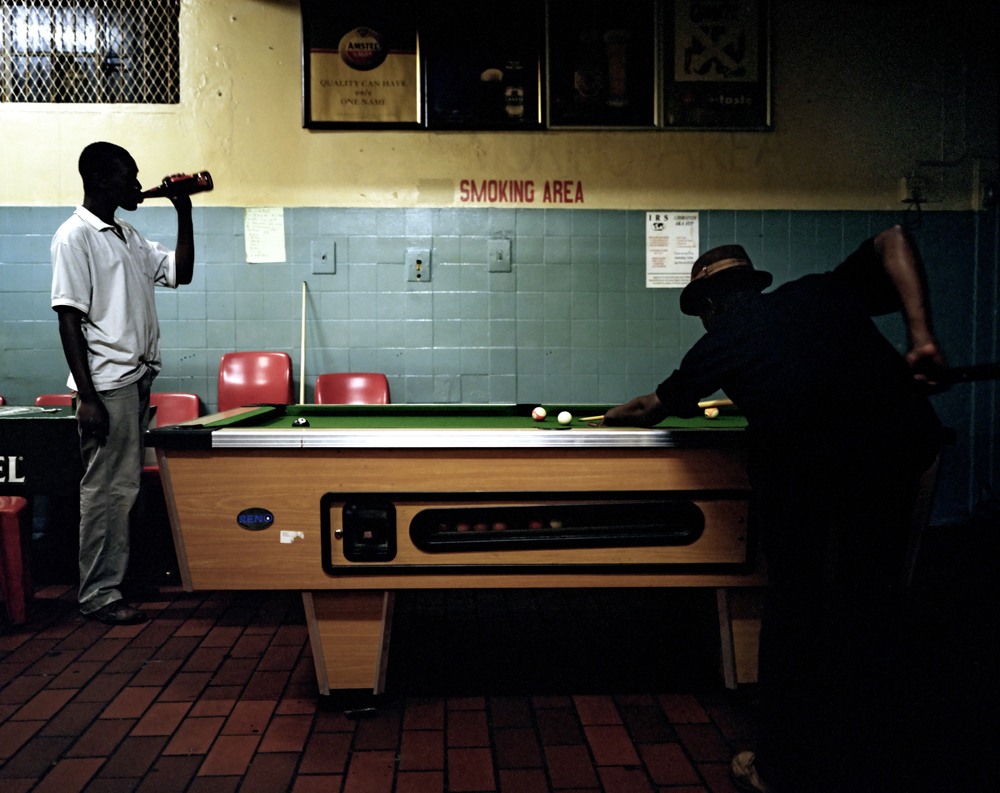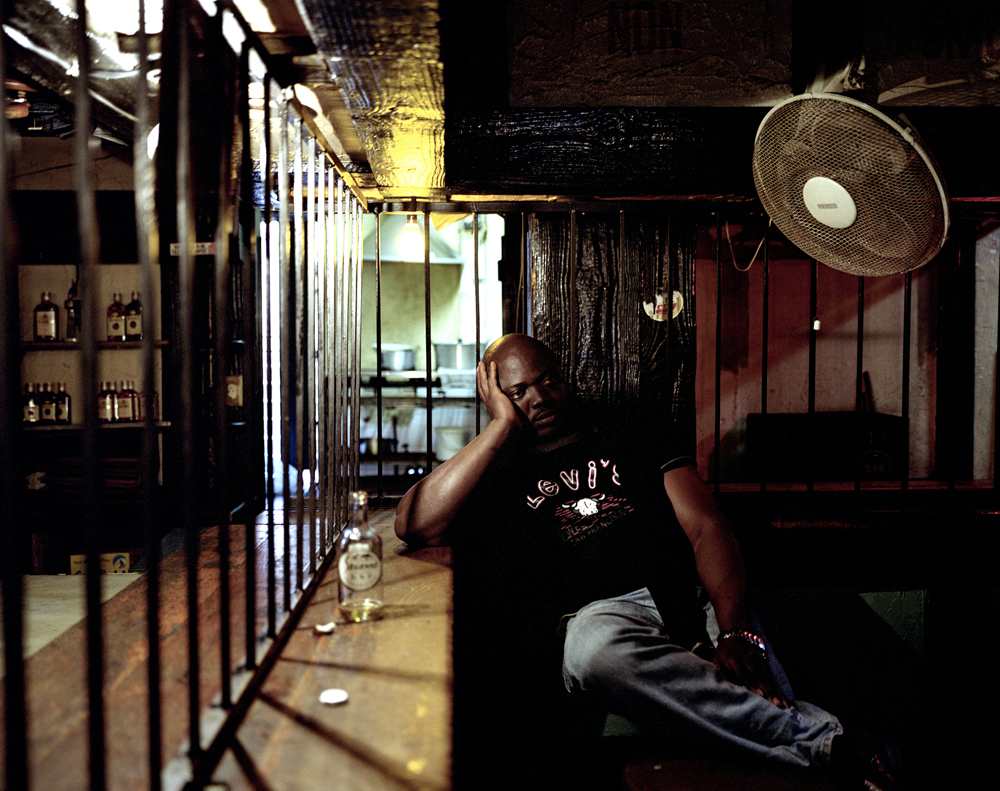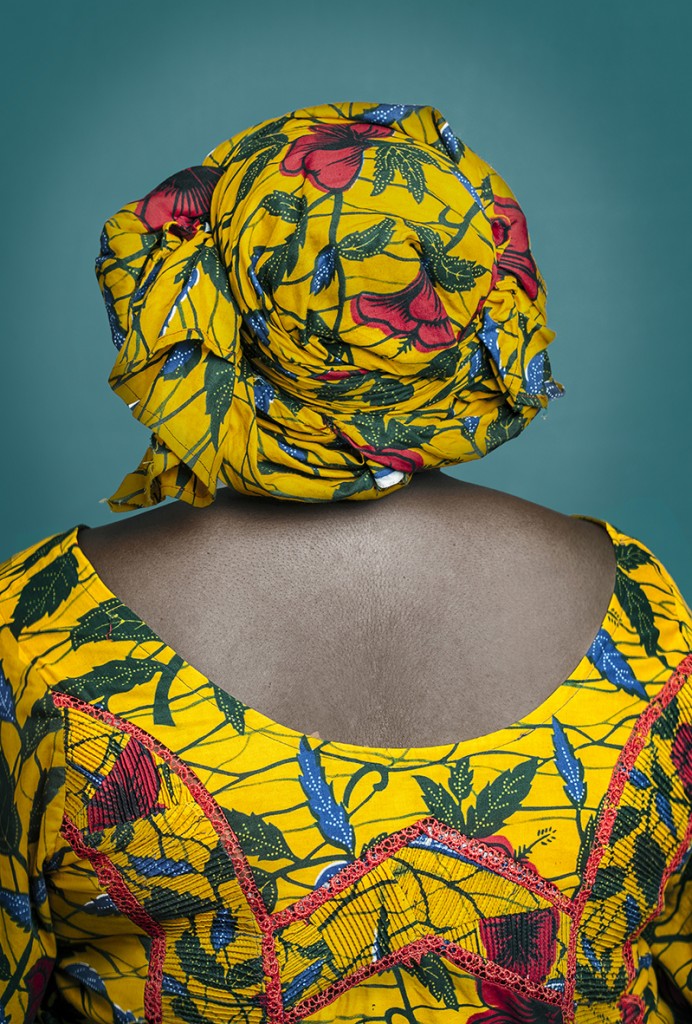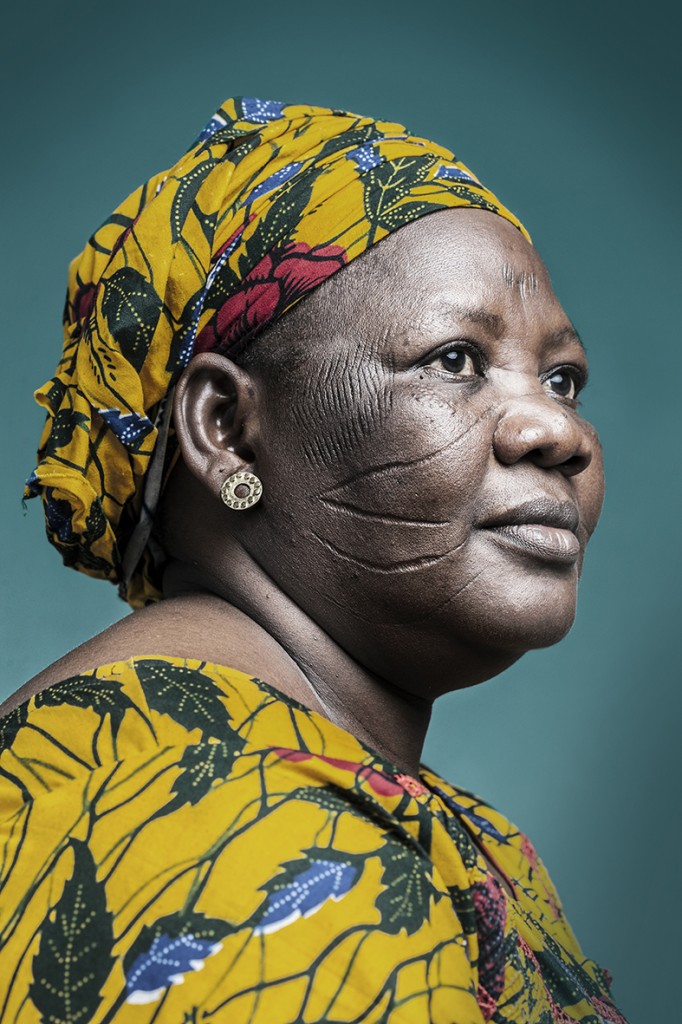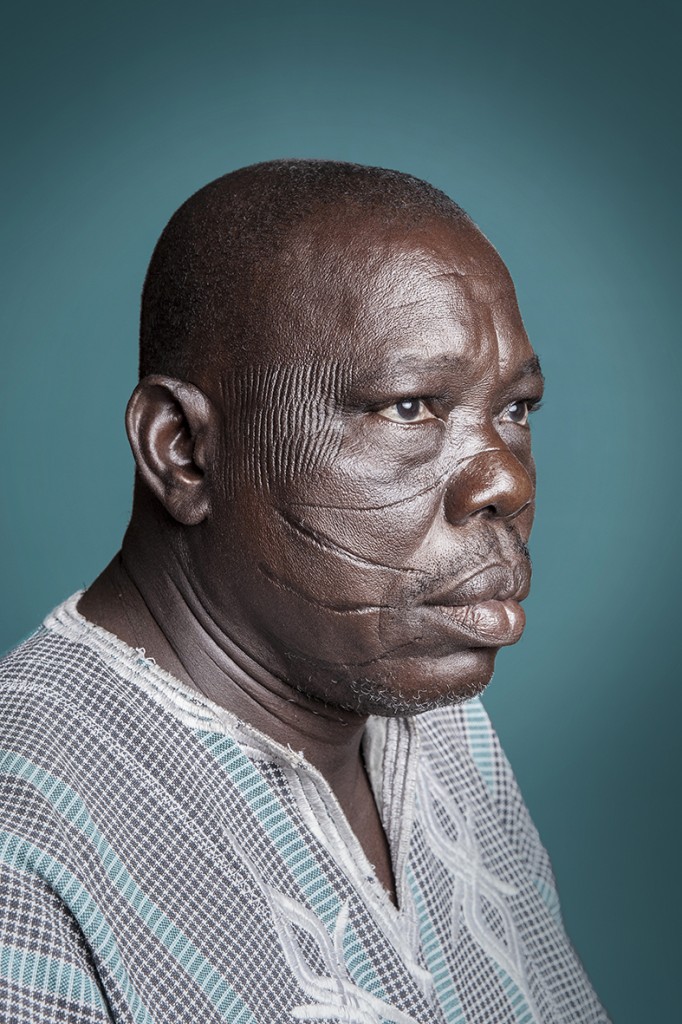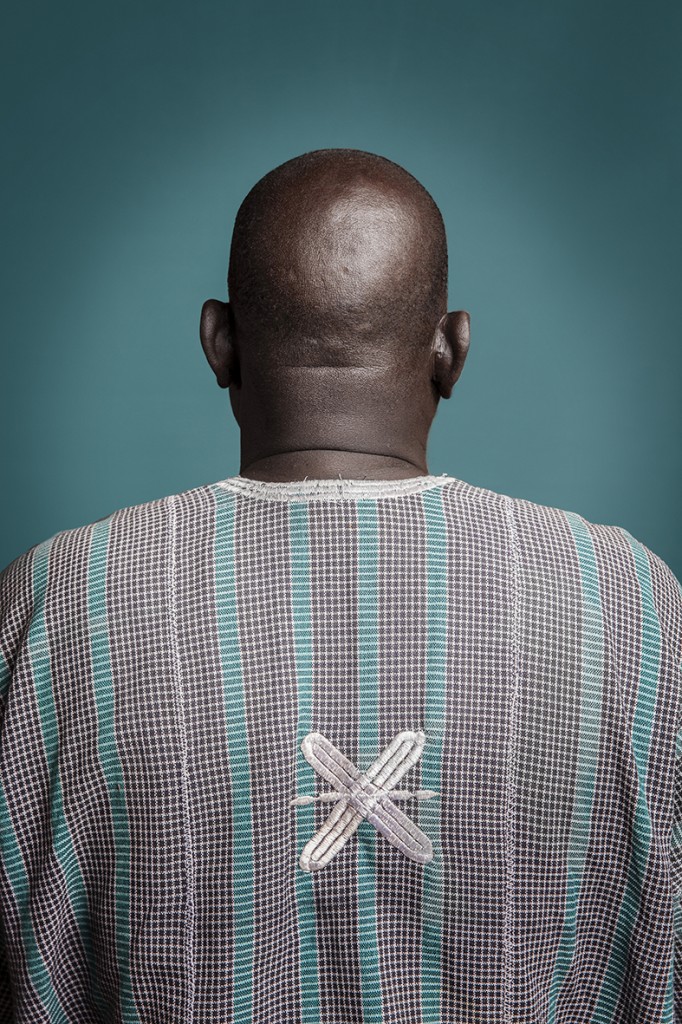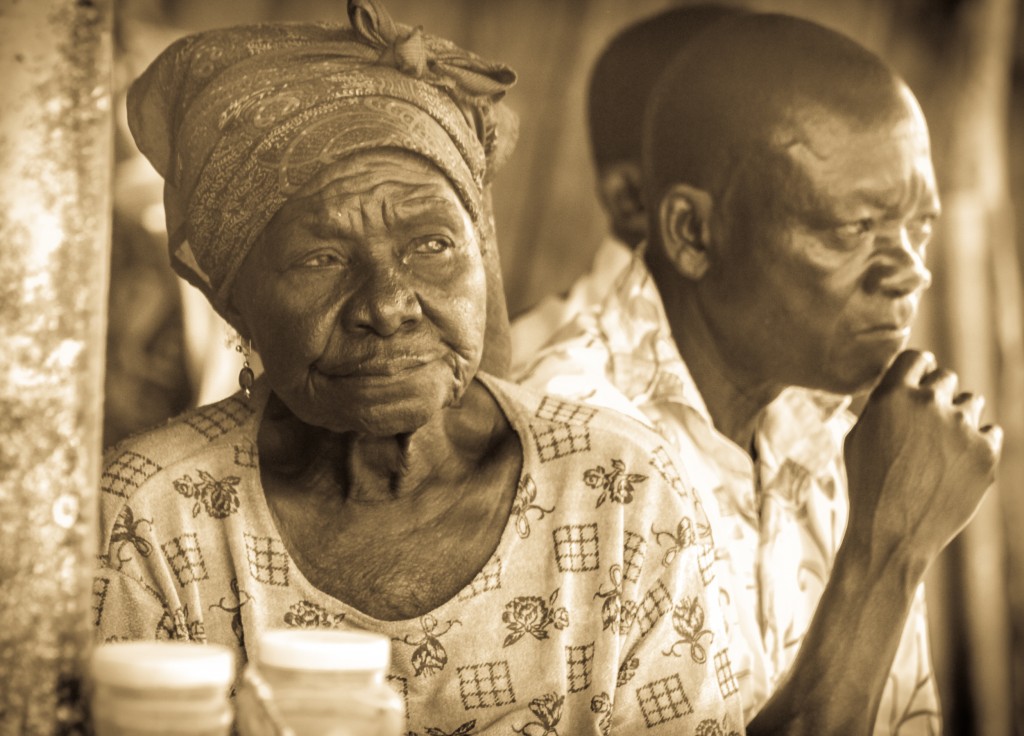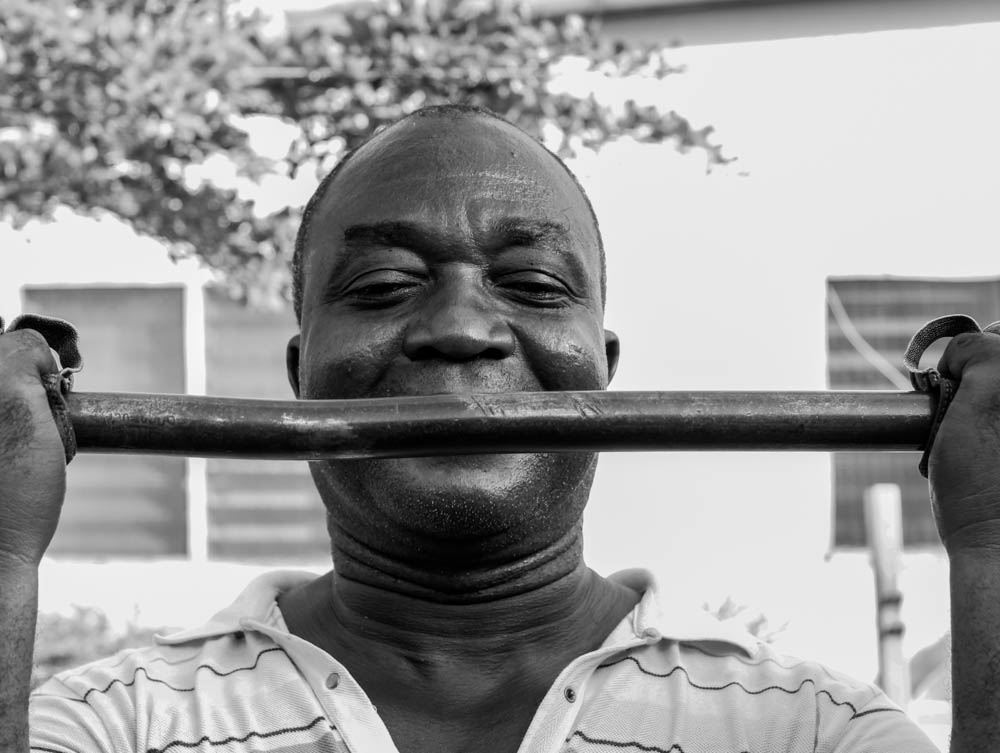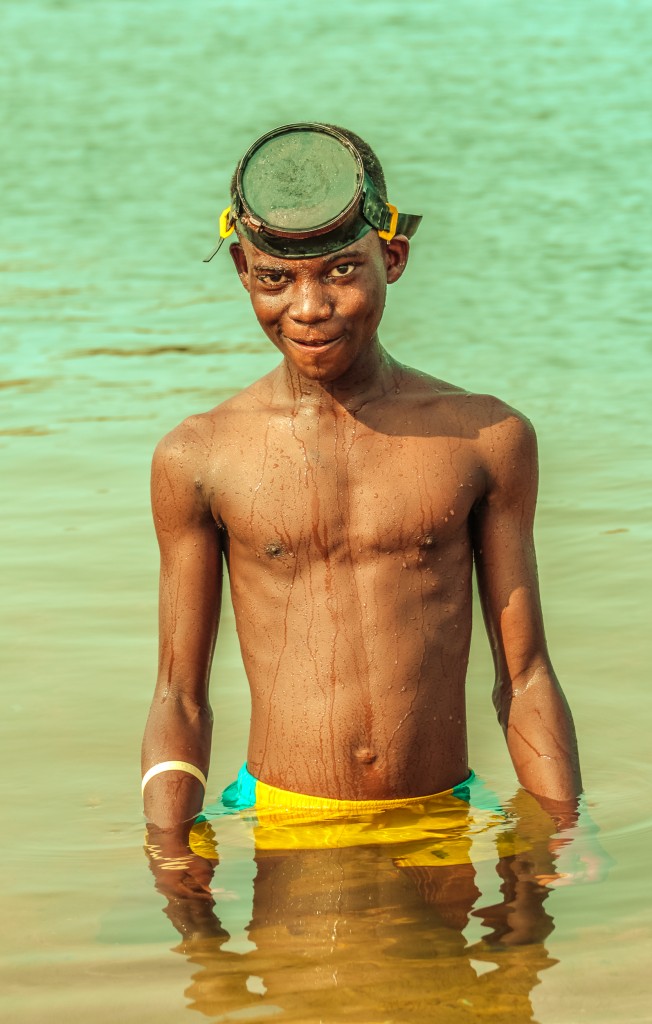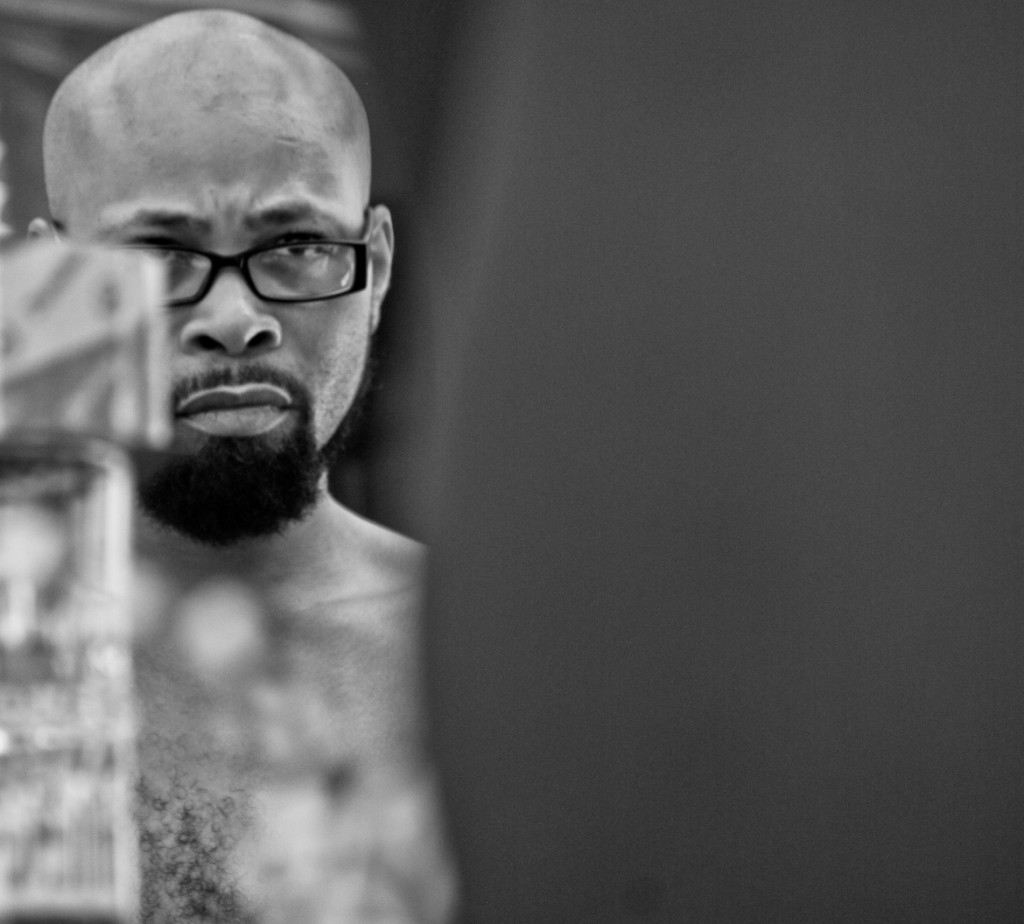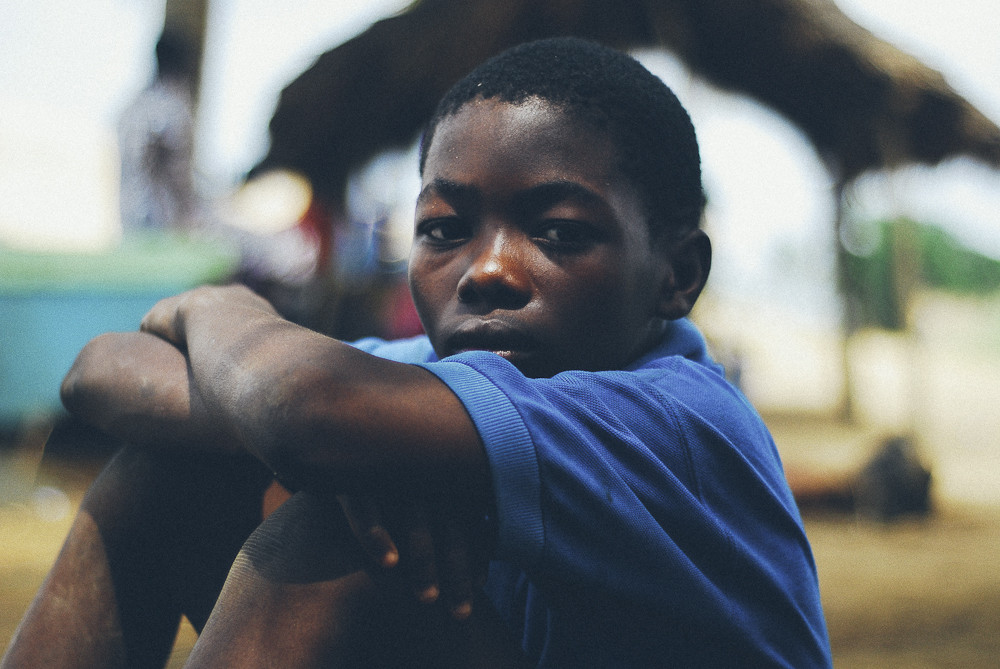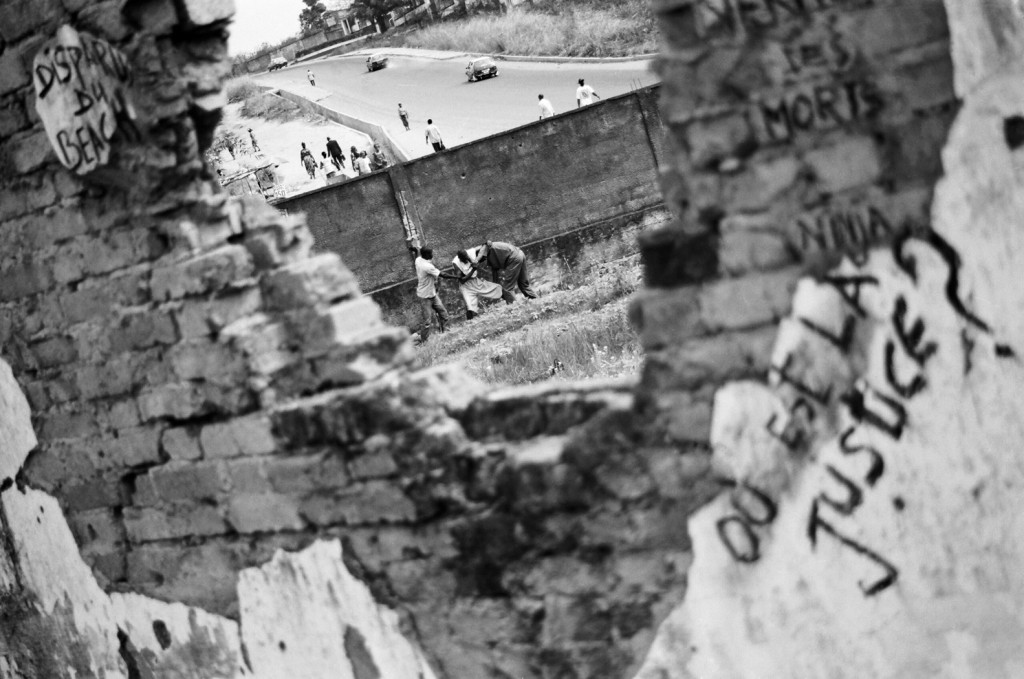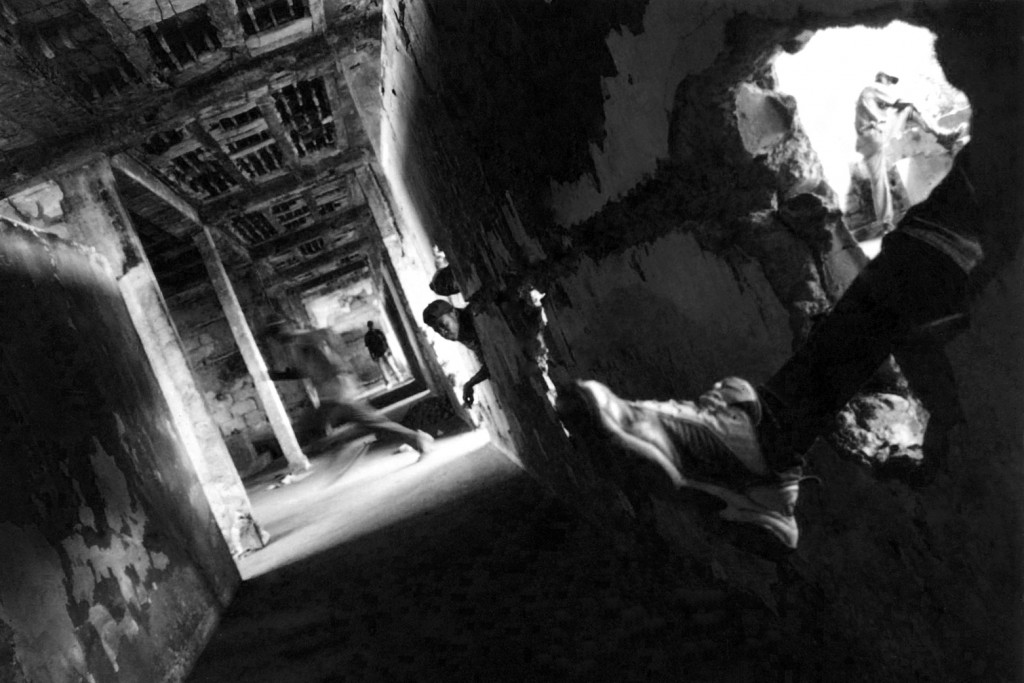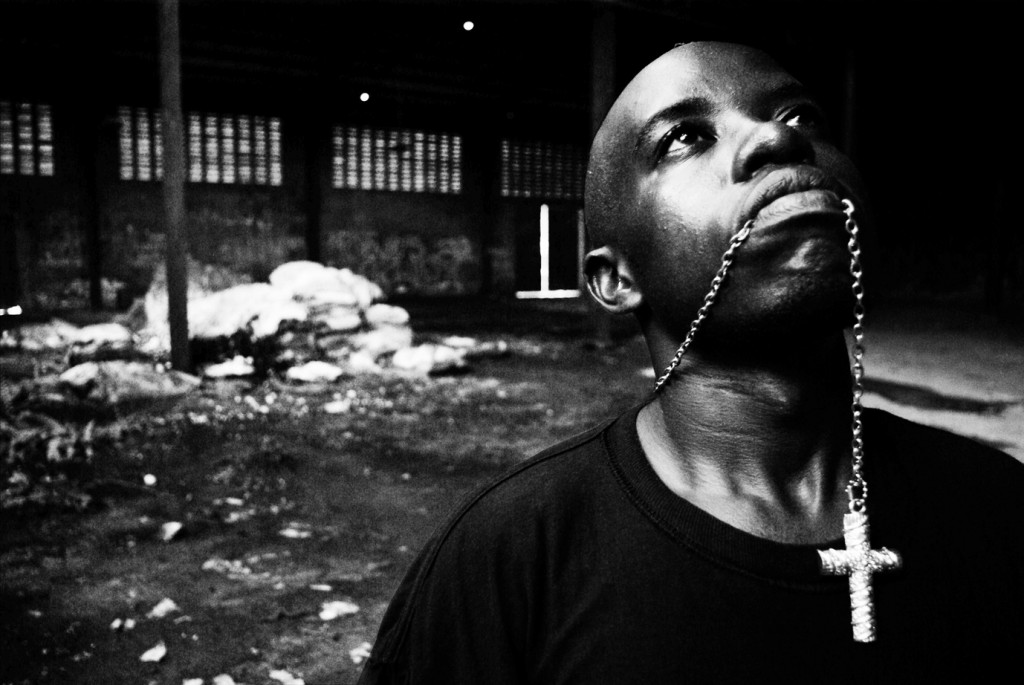Capturing the change
African photography is on the rise. Following decades of photographic misrepresentation by observers from outside the continent, African photographers are now showing the world what they see through their lens. This is Africa spotlights them in a series of interviews.
She believes in the reality of existence and want to capture that story. Seeking to explore the world and herself, document everything around her. That is what Ghanaian photographer Teresa Meka does. “The changing times, the joys, the pain, the highs and lows”, she explains, “I capture it all. I’m a detail-oriented person driven by the philosophy that photography, thus the photographer, is a tool of change, a tool to inform and question.” For her photography is a way of showing people the little things that we ignore everyday, the beauty that’s all around us, including the issues that affect us. “It’s an agent of change and discovery, it helps change stereotype about the continent and its people one image at a time. I seek to document my relationship with the society and how that evolves with time.”
Uncle
Teresa’s love story for photography began with her uncle’s camera at the age of ten. “He lived abroad and every time her came over he let me use his camera”, she says. It fascinated her, but didn’t imagine herself a photographer. After high school however it was clear for her: she needed to do something with a camera. “I got a job at a small photo studio in Accra and there I got to work with cameras every day. Meeting so many photographers also inspired me. Eventually my uncle paid me a course in South Africa about the fundamentals of photography and from there I just started photographing everything I saw.” Apart from that basic training, Teresa is completely self taught. To earn a living she does commercial photography: weddings, funerals and the like. But it’s her personal projects in which she can show the Africa through her own eyes.
Journey
“Time is going so fast – everything is constantly changing”, Teresa says. “There is always something happening and I feel the urge to document that. I see it as a preservation of memory. Therefore I consider myself as a documentary photographer; I want to draw attention to aspects of life that people missed out on.” Teresa admits that she is always capturing her journey, especially because there is always a part of her in the image. With that she also shows that she is part of the society she lives in; part of the bigger picture. “Before I went out with any specific idea though, now I work more and more within a concept. I have goal with what I’m photographing now and that requires some research. It’s a constant learning curve for me.” She sees that photography is becoming more and more popular in Ghana, especially on the commercial side, but rather looks to Nigeria or South Africa for inspiration. “The art photography scene is much bigger there. There are a lot of photographers from other countries that inspire me, that’s why I participated in the Invisible Borders project as well.”
Subjective
While photographing with the goal to educate her audience, Teresa also learns a lesson herself. Whether it be cultural, economical or political aspects, she always discovers something new that changes her opinion or view. “During the ‘Bed’ series for example, I learned that in Sudan beds are part of the furniture. They’re not just used for sleeping like in Ghana, but to sit, eat and chill on. It’s those aspects that can change your view and what I try to show.” She does admit that what she photographs is just what she sees, a very subjective vision. Yet it’s what she sees through her lens and not what sells, tells a story already told or keeps stereotypes alive. Her work is what she can relate to, without an agenda. “Ghana is not like this or like that, Ghana is what I see”, Teresa explains. “I don’t have a quest per se, but do want to let my audience into my world. It’s what they do with it afterwards that matters, but that’s all up to them.”
Read the original article on This is Africa




